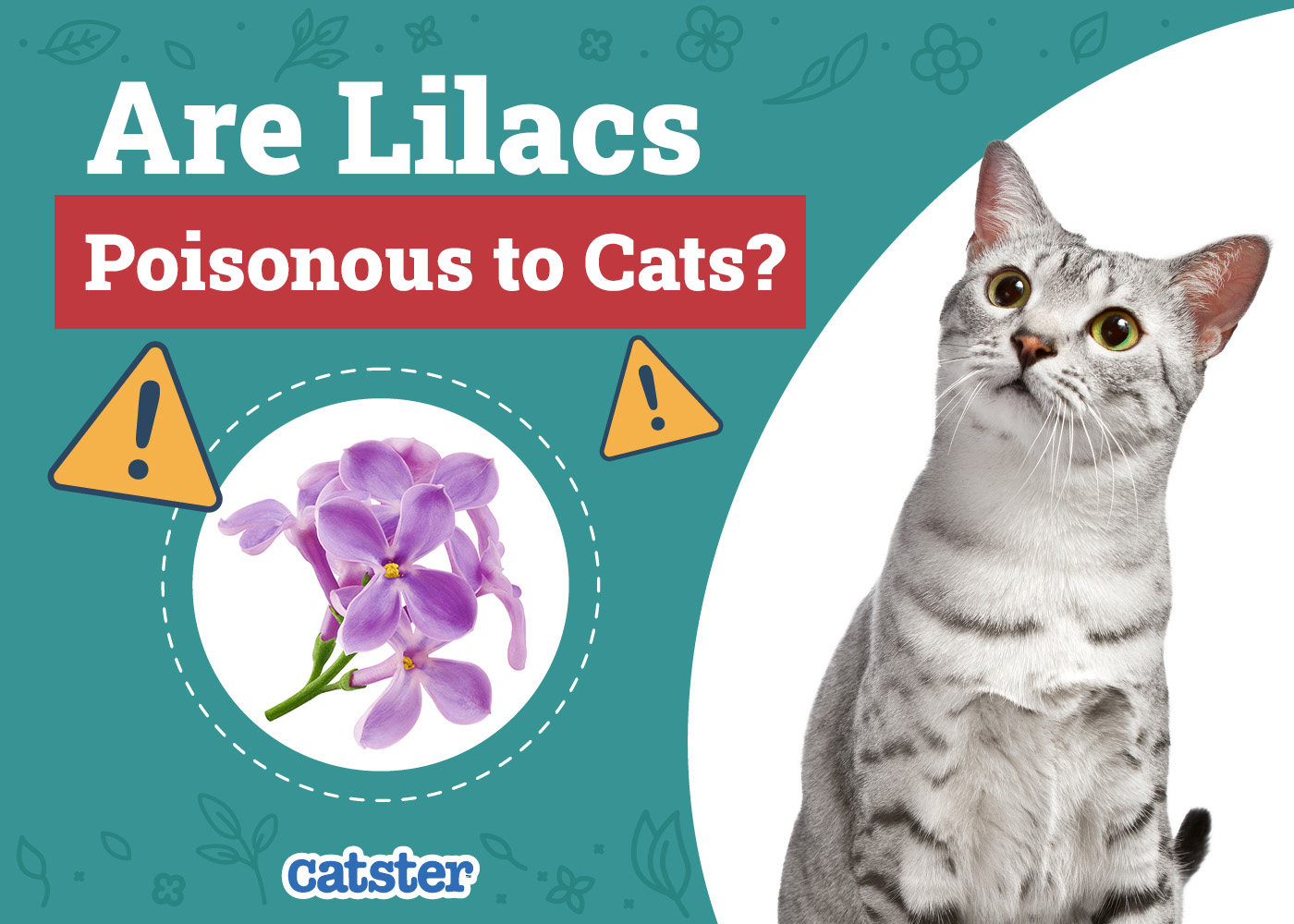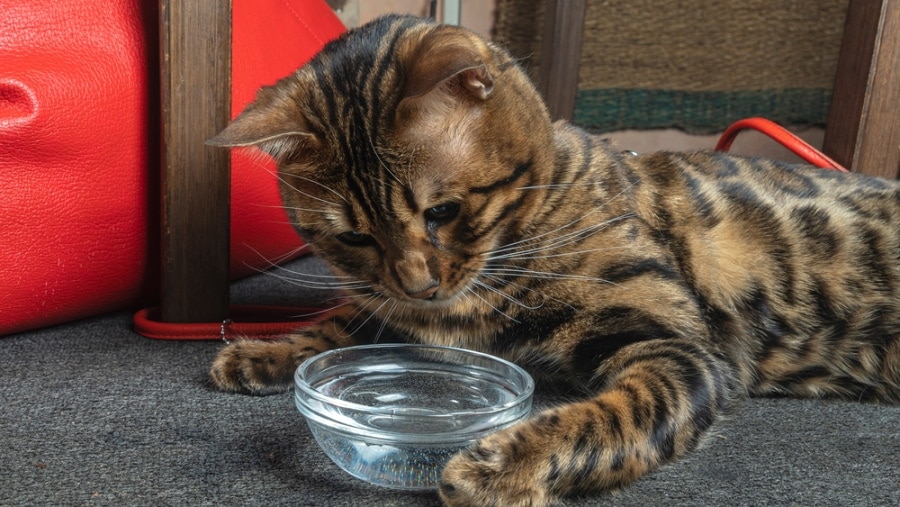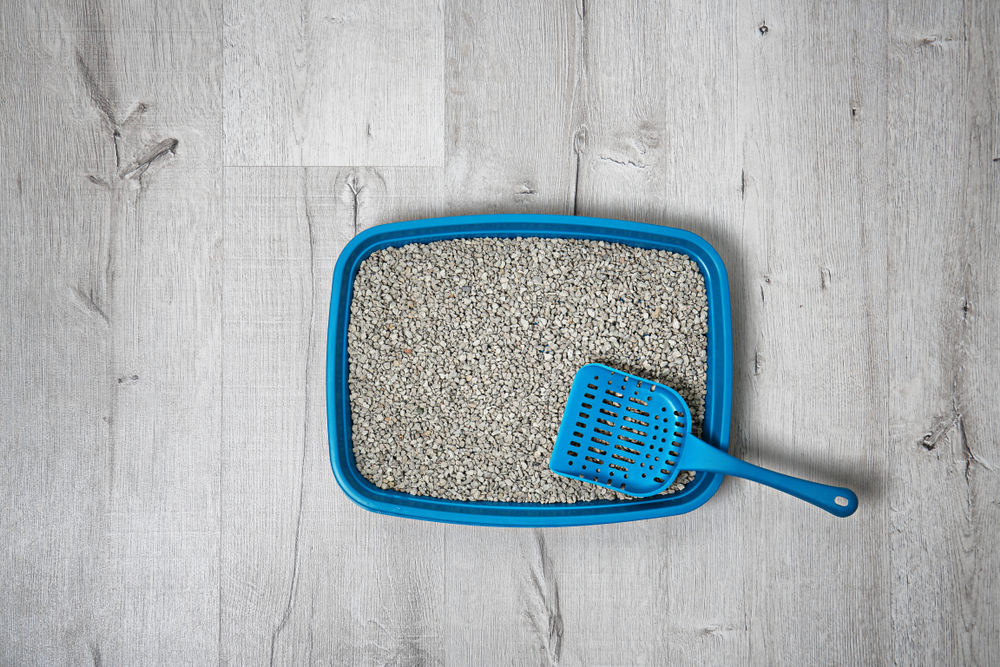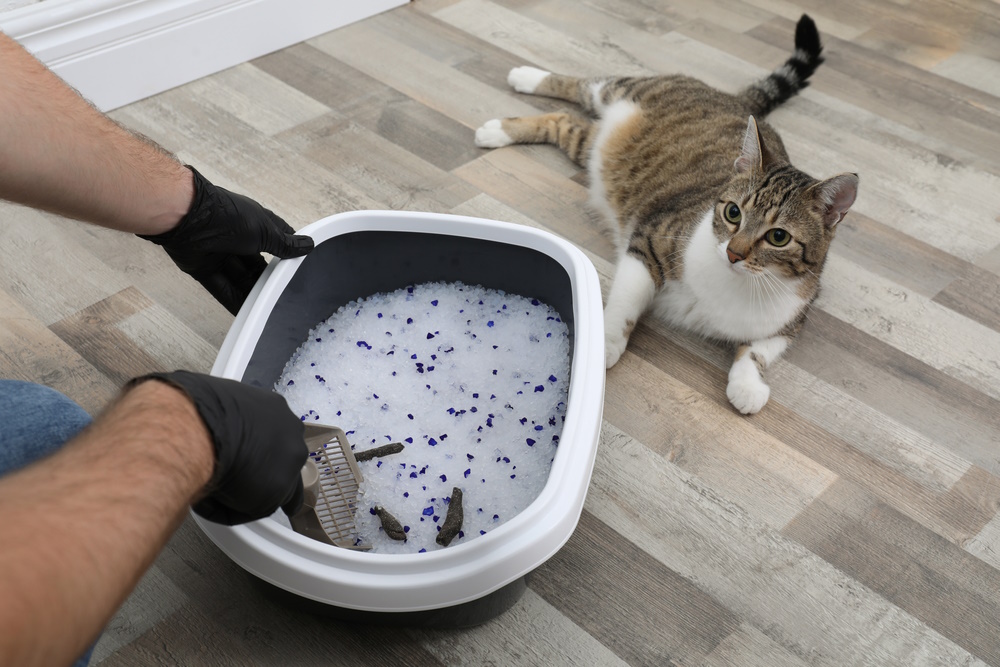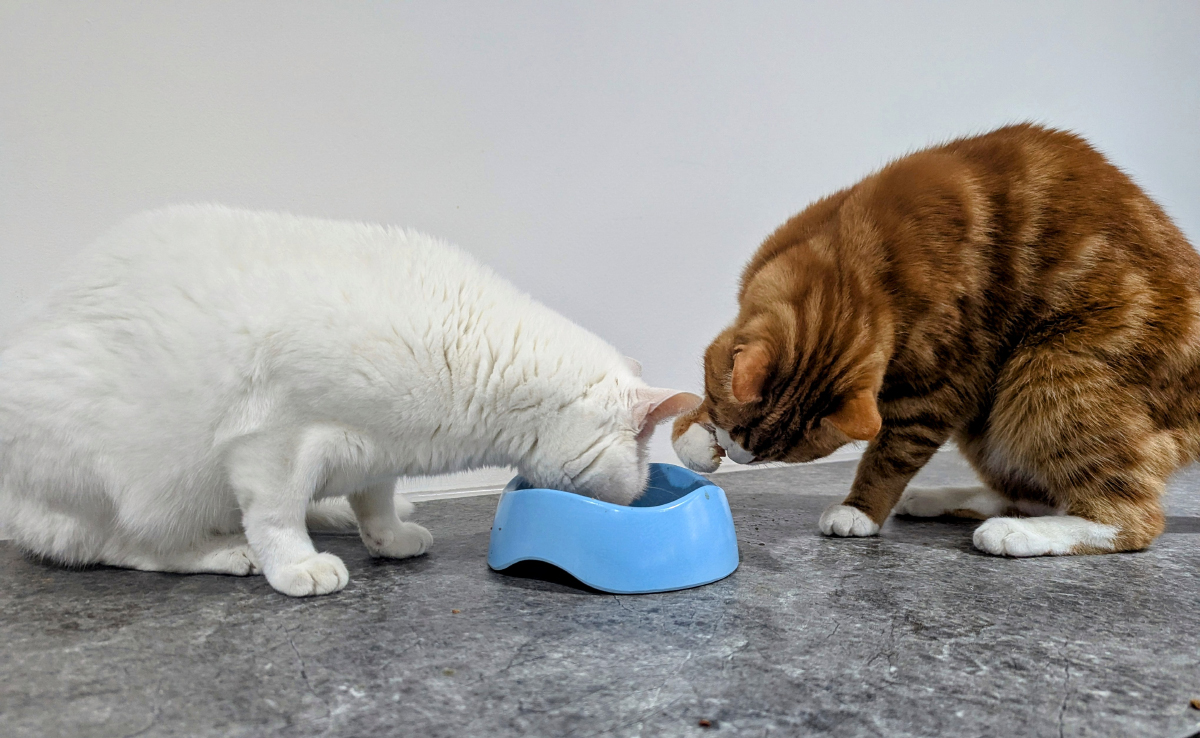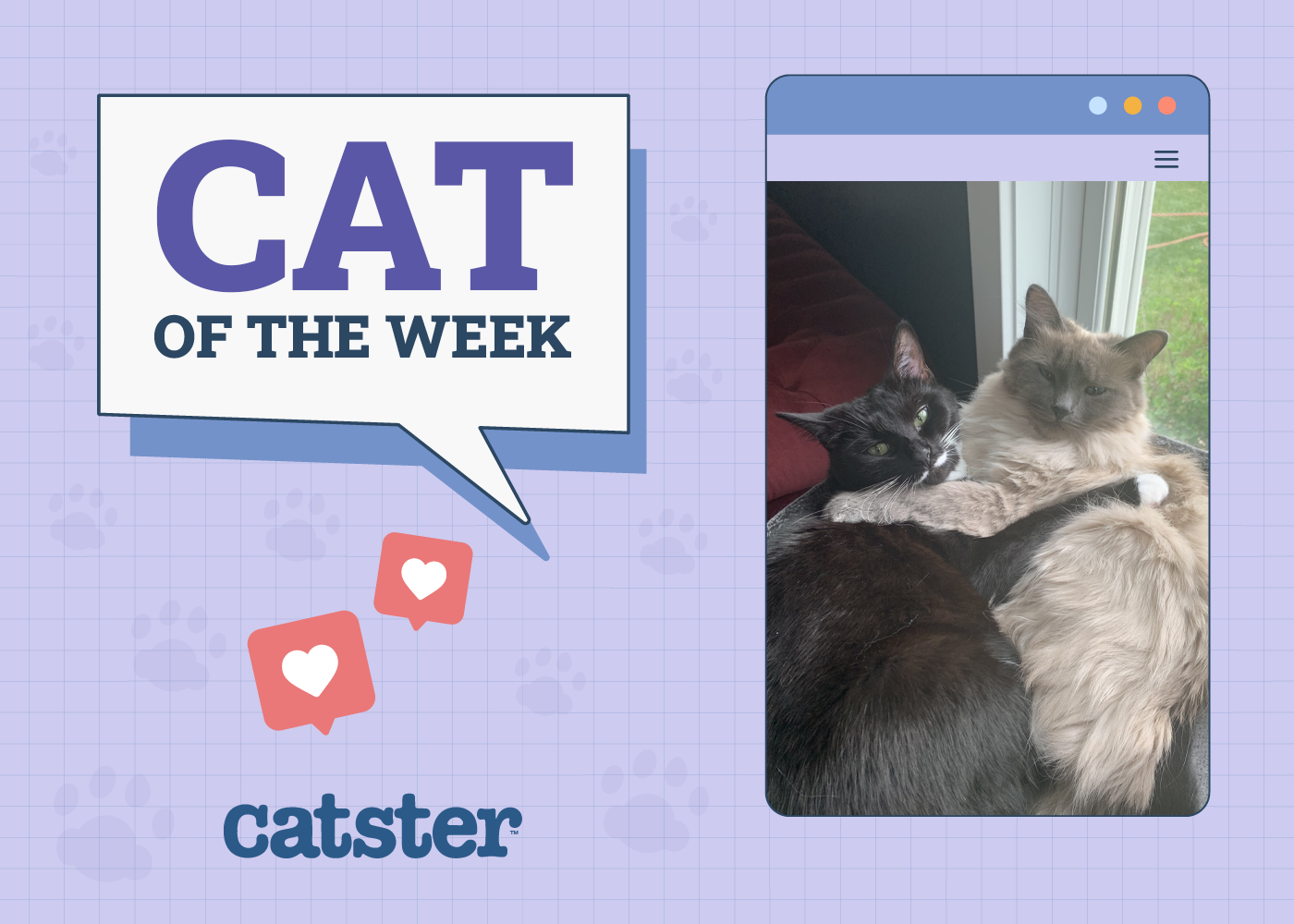If you love the look and smell of lilacs and tend to pick a few when out walking, you may be wondering if lilacs are poisonous to cats. You don’t have anything to worry about because the common lilac plant (Syringa vulgaris) is safe for all animals, including cats.
If you’ve heard that lilacs are poisonous to cats, you’ve probably mistaken the common lilac with the Persian lilac. This type of lilac is toxic to cats. If this flowering shrub is consumed by a cat, the cat may experience common signs of poisoning, including the following:
- Loss of appetite
- Drooling
- Vomiting
- Diarrhea
- Lethargy
- Pale or yellowish gums
- Excessive thirst
- Difficulty breathing
- Seizures
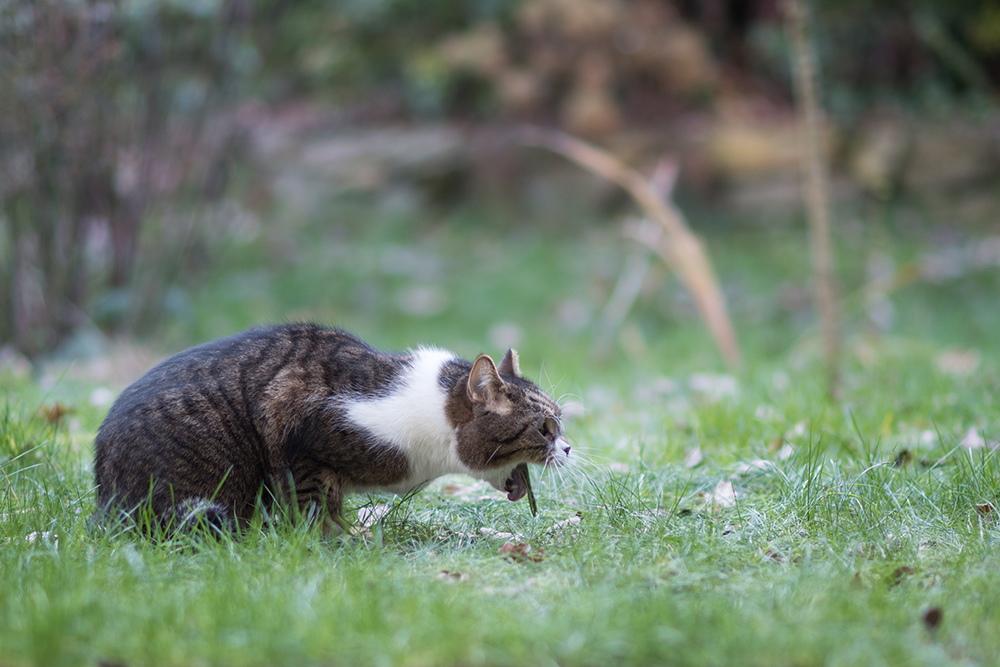
The Difference Between a Common Lilac and a Persian Lilac
Now that you know that Persian lilacs are poisonous to cats, you’re probably wondering what the difference is between the two and how to identify them.
The common lilac is the most common and most familiar. This flowering shrub grows lilac-colored flowers that have a strong and pleasant fragrance. The plant grows to a height of about 20 feet.
Unlike the tall common lilac, the Persian lilac only grows about 10 feet tall. In addition to being shorter, the Persian lilac grows much smaller flowers that are about half the size of common lilacs and they’re paler in color.
If you see a short lilac tree when you’re out and about and notice the flowers are small and not as brilliantly colored as most lilacs you run across, the chances are good that you’re looking at a Persian lilac.
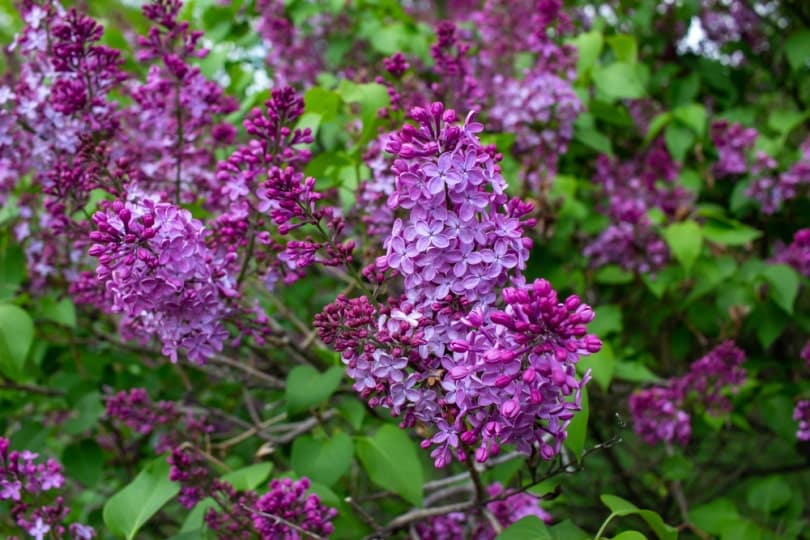
What to Do if Your Cat Eats Persian Lilac
As a cat owner, you know your pet is a curious creature that loves exploring their environment. Cats explore the world using their noses and mouths to smell and taste the things they discover.
If you suspect that your cat has eaten some Persian lilacs and notice some of the signs listed above, call your vet immediately. If possible, take a cutting from the lilac shrub your cat nibbled on.

If you need to speak with a vet but can’t get to one, head over to PangoVet. It’s an online service where you can talk to a vet online and get the personalized advice you need for your pet — all at an affordable price!
Your vet will want to see the plant, so they know exactly what your cat ate. Your vet will ask you how much of the plant your cat consumed and how long ago it happened. They also ask you to describe any signs your cat is showing. If your vet thinks your cat is in danger, you’ll likely be asked to take your fur baby to the office for an exam and possible treatment.
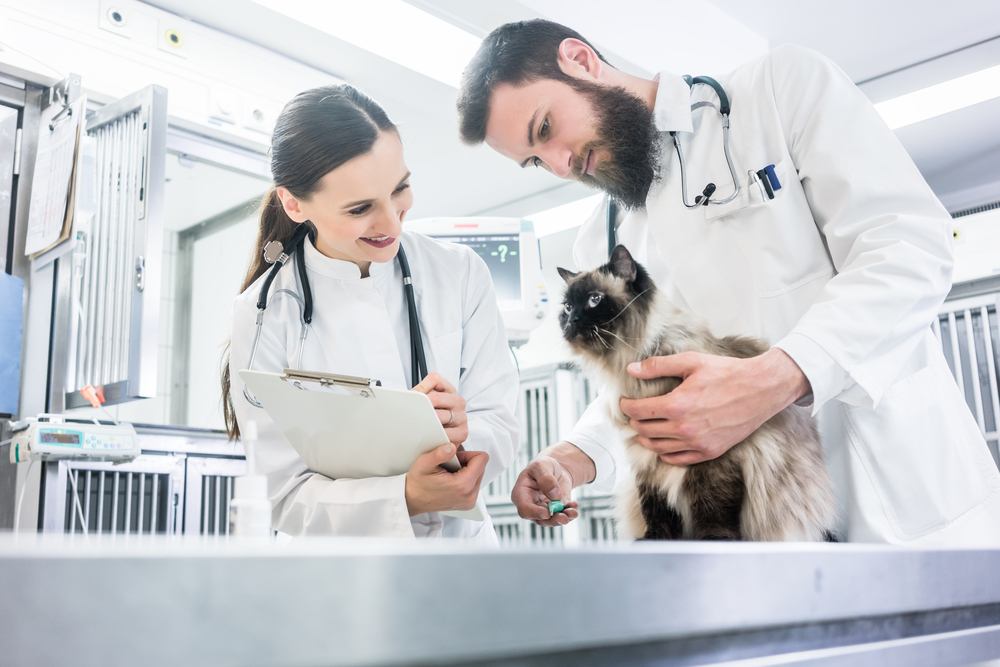
Other Plants and Flowers That Are Poisonous to Cats
In addition to Persian lilacs, there are other common household plants that are poisonous to cats. Some of the most common plants that are poisonous to our feline friends include:
If you have any of these plants at home, you should consider getting rid of them to keep your cat safe or place the plants in a location that’s out of reach.
Don’t think for a second that you can train your cat to stay away from a poisonous plant because cats are curious creatures by nature. Even if your cat knows they’re not supposed to be around a certain plant, they’ll explore it when you’re not around because, well, they’re a cat!
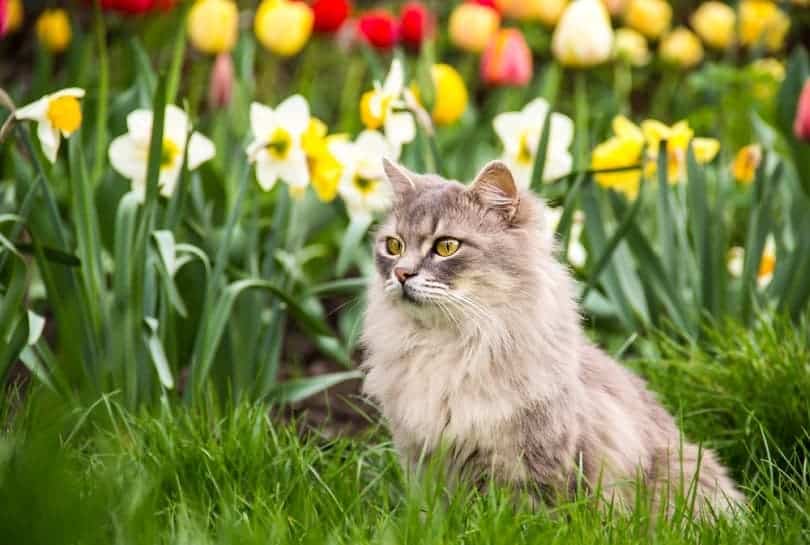
Common Houseplants That Are Safe for Cats
You can have a cat and enjoy many plants around your house. The following common plants are non-toxic to cats, making them perfectly safe.
Conclusion
Common lilacs are non-toxic to cats, so there’s nothing to worry about if you have these beautiful tall shrubs growing in your neighborhood. Feel free to pick a few small branches to bring indoors to beautify your home and fill it with that sweet fragrance lilacs are known for.
Just watch out for Persian lilacs that are smaller than the common type, as these are poisonous to cats. There are plenty of beautiful cat-friendly houseplants to have around your home, so explore the possibilities and enjoy the best that nature has to offer!
Featured Image Credit: Piqsels

